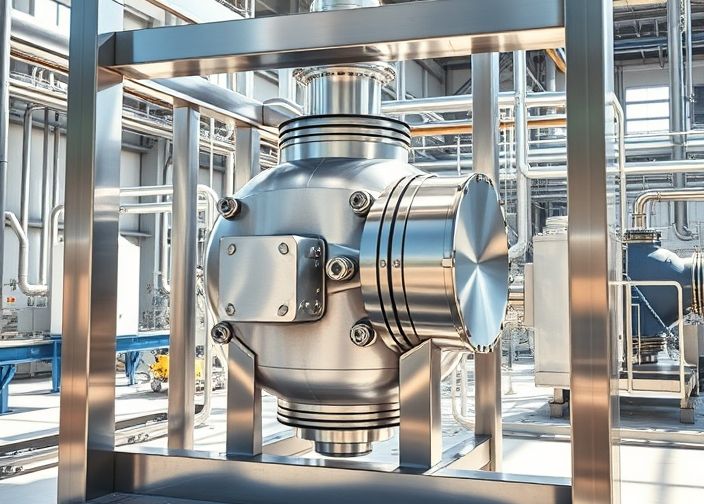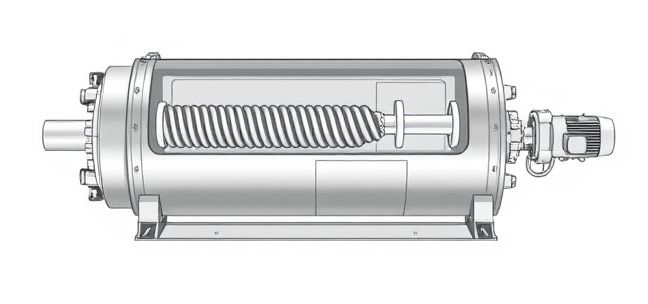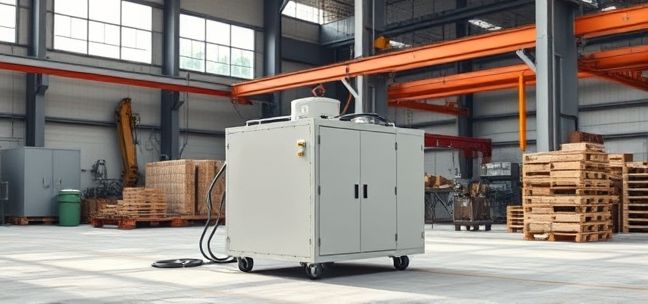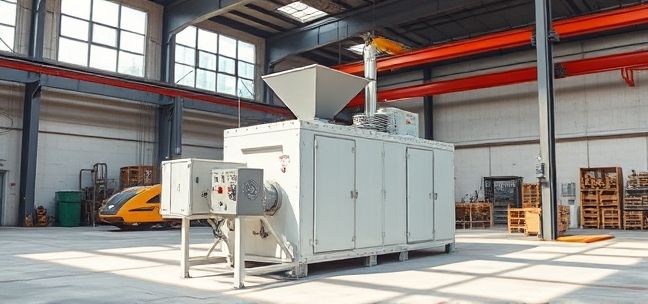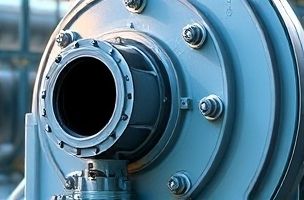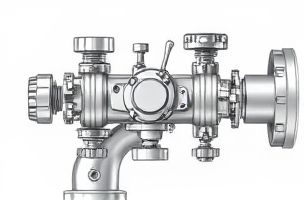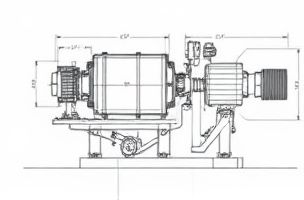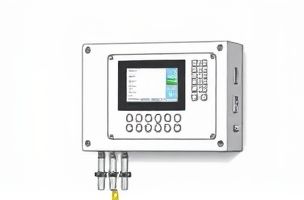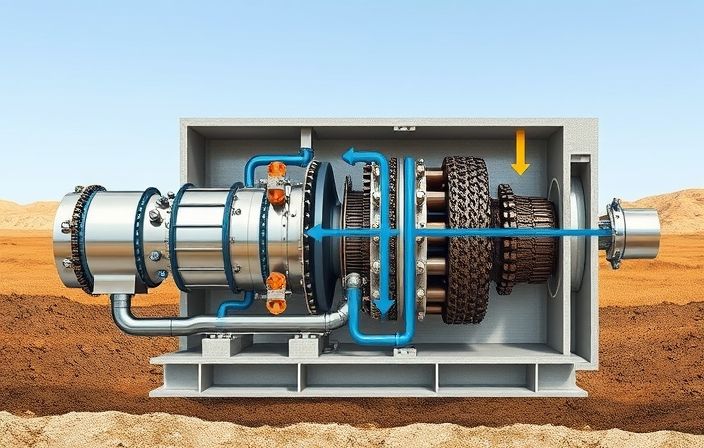Desander Equipment
Essential solids removal system for protecting drilling equipment and maintaining fluid properties
What is a desander?
A desander is a critical component in solids control systems that removes abrasive sand-sized particles (typically 45-74 microns) from drilling fluids. These solids can cause excessive wear on pumps and other drilling equipment, reduce drilling efficiency, and compromise drilling fluid properties.
JKZ desander utilize hydrocyclone technology to efficiently separate sand and abrasive solids from drilling fluids, protecting downstream equipment while maintaining optimal mud properties. Our units are available in various capacities to match different rig requirements and drilling conditions.
Solids Removal
Effectively removes 45-74 micron solids from drilling fluids
High Efficiency
Processes up to 3000 GPM with 90%+ solids removal efficiency
Equipment Protection
Reduces wear on pumps, valves, and other downstream equipment
Robust Design
Abrasion-resistant construction for harsh drilling environments
